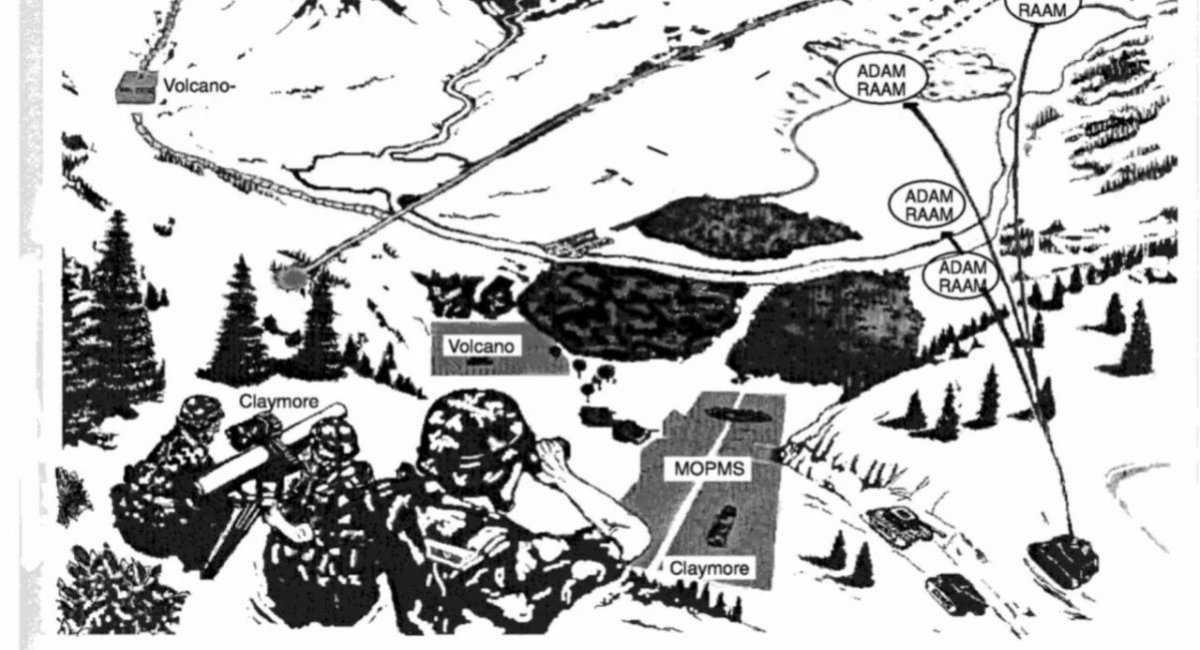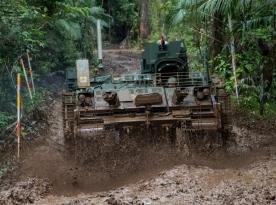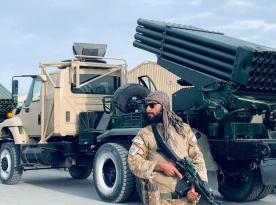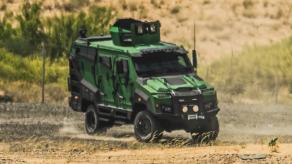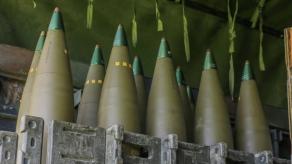Earlier this week, the Pentagon confirmed the transfer of Area Denial Artillery Munitions (ADAM) with scatterable anti-personnel mines to the Armed Forces of Ukraine. Besides them, according to The New York Times, the United States is sending another remote minelaying tool, quite an interesting one, called the M131 Modular Pack Mine System (MOPMS).
It's the first time Ukrainian forces will receive the M131 MOPMS, and since we haven't discussed this type of weapon before, it makes sense to talk about it in more detail, based on publicly available data.
Read more: It seems Ukraine Receives Antipersonnel Land Mines With the ADAM Projectiles to Stop russia’s Meat Assaults
First, the design. In combat position, an M131 MOPMS container weighs 55 kilograms, such a "briefcase" measures 70 centimeters by 50 centimeters, plus two sliding handles to the sides for easy hand-carrying, but if necessary, the system can be transported to its destination by any vehicle.
The M131 MOPMS contains seven clusters for a total of 21 mines, of which 17 are M78 anti-tank mines with a magnetic target sensor that hit armored vehicles in their bottom (weight: 1.7 kg, incl. shaped charge warhead weight of 585 g), and the other four are M77 anti-personnel mines (weight: 1.41 kg, incl. 410 g of explosives).
Interestingly, according to the official classification, the M77 and M78 are defined as submunitions rather than mines. The standard setting of the self-destruct mechanism is 4 hours after the planting. All 21 mines from the container are fired at once, then it takes 2 minutes for the trigger sensors to activate.

The firing range of M131 MOPMS is 35 meters, a full salvo of one such system creates a minefield 70 meters wide and 35 meters deep.
To increase the depth of the minefield to 70 meters, the operator would need to use several M131 MOPMS, placed in a checkerboard pattern. Manuals allow for using M131 MOPMS as either the main or an auxiliary means of remote mine laying, in addition to other mine deployment systems.
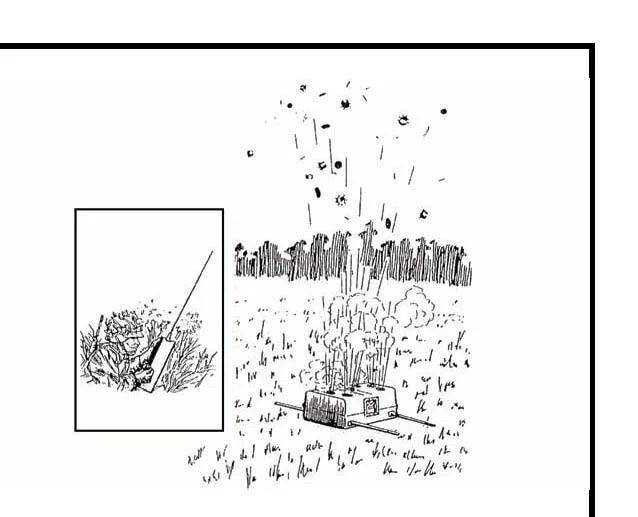
The M131 MOPMS operators crew must take into account that after the mines are deployed, the dangerous zone around the launch container can be 55 meters forward and to the sides, and 20 meters backward, the dangerous period lasts 1 to 4 minutes.
The U.S. Army received the M131 MOPMS in service in the early 1980s, and first used it during Operation Desert Storm in 1991.
As new data becomes available, we will continue to update on the features of the M131 MOPMS, its performance on the Ukrainian battlefields, and the impact it will or will not deliver in the battles against the russian invasion forces.
Read more: Ukraine Got 10,000 Urgently Needed RAAM Artillery Rounds in the New U.S. Aid Package



